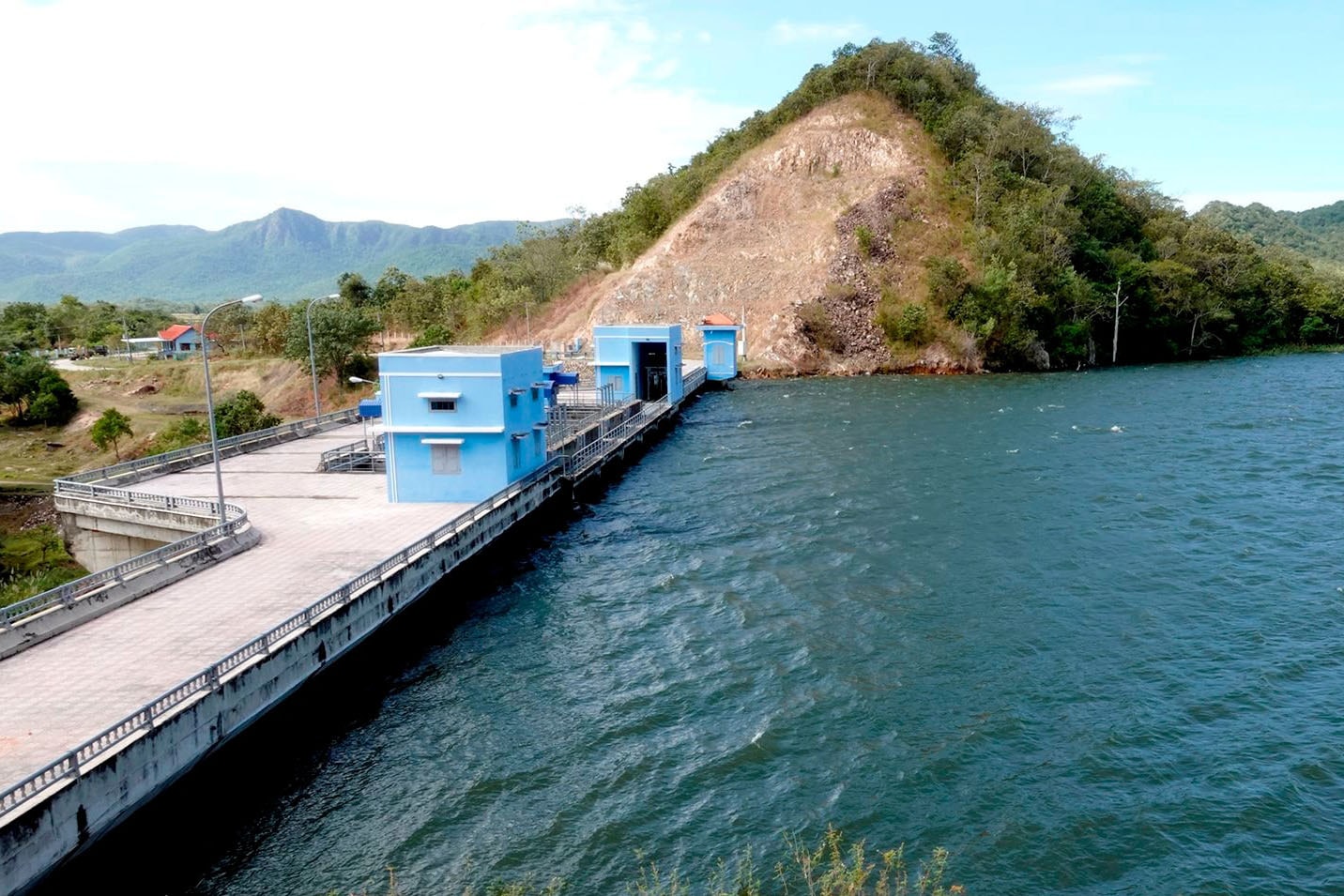
Accordingly, many dams and hydroelectric reservoirs are still implementing previously approved emergency response plans and are currently proposing to the Ministry of Agriculture and Environment to guide the development and approval of flood impact maps of the new downstream boundary of Lam Dong province.
Statistics from the Department of Agriculture and Environment of Lam Dong show that the province has a total of 32 irrigation works and irrigation systems, including 535 reservoirs with a total capacity of about 859 million m³, serving irrigation of 435,000 hectares of agricultural land. The province also has 65 hydropower projects located on the Dong Nai River basin and the Srepok River basin.
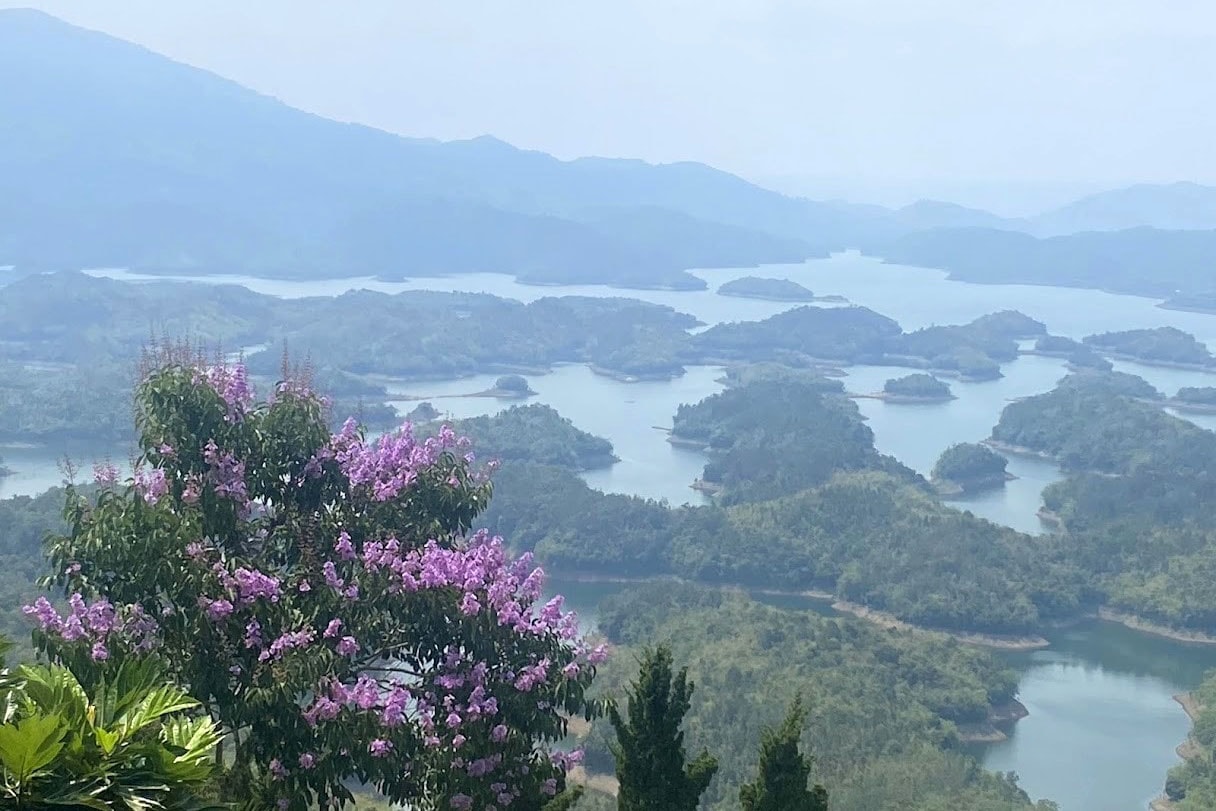
Implementing regulations on dam safety on a total of 535 reservoirs, the province has deployed important tasks from installing construction monitoring equipment, hydrometeorological monitoring, operational monitoring systems, downstream safety warnings; establishing protection plans, disaster response plans, dam safety inspections to establishing plans for marking protection corridors, operating procedures, and safety registration. However, due to the characteristics of mountainous areas in Lam Dong with fragmented terrain, the number of irrigation works is quite large but the capacity of most reservoirs is still limited. Through inspection, the whole province currently has 147 damaged works, of which only 4 works have identified funding sources for repair, the remaining 143 works have not yet allocated funding for upgrading and repairing, potentially posing a risk of dam safety, especially during the 2025 flood season. In addition, the Department of Agriculture and Environment also commented: "The allocation of resources from the exploitation management unit and from the local budget has not been guaranteed to fully perform tasks on dam safety, especially tasks requiring a lot of funding such as: marking the protection corridor; installing hydrometeorological monitoring equipment, monitoring operations, warning of downstream safety; dam safety inspection; establishing operating procedures; downstream flood maps...".
Particularly for hydroelectric reservoirs, dam owners have generally coordinated with local authorities and hydroelectric units "on the same ladder" to implement reservoir and inter-reservoir operation procedures, while focusing on maintenance, inspection, and safety assessment of hydroelectric works before, during, and after the annual rainy and storm seasons as prescribed. However, the work of assembling supplies, materials, and equipment for dam protection, disaster prevention, and search and rescue at the dam location and key locations of the project according to the approved plan still faces many limitations. Not to mention the work of inspecting and reporting the current safety status of dams and hydroelectric reservoirs; declaring and registering dam safety; and developing and approving disaster response plans for a number of hydroelectric works of enterprises is still slow compared to the requirements.
Lam Dong Department of Agriculture and Environment also pointed out the current difficulties and problems. That is, the owners of hydropower dams Buon Tua Srah, Buon Kuop, Hoa Phu, Dray H'linh 2, Srepok 3, Srepok 4, Dong Nai 3, Dong Nai 4, Dong Nai 5 are still implementing the emergency response plan for dams and hydropower reservoirs approved before; it is thought that the Ministry of Agriculture and Environment should soon provide specific instructions on the construction and approval of flood-affected maps of many dams and downstream areas in 2 or more provinces. Thereby, it will serve as a basis for the local authorities at 2 levels of Lam Dong province to strengthen their roles and responsibilities in ensuring the safety of irrigation works, and absolutely protect the safety of downstream residents in the area.
Source: https://baolamdong.vn/bao-dam-an-toan-cac-cong-trinh-thuy-loi-387383.html



![[Photo] President Luong Cuong receives delegation of the Youth Committee of the Liberal Democratic Party of Japan](https://vstatic.vietnam.vn/vietnam/resource/IMAGE/2025/8/22/2632d7f5cf4f4a8e90ce5f5e1989194a)

![[Photo] Prime Minister Pham Minh Chinh chairs the conference to review the 2024-2025 school year and deploy tasks for the 2025-2026 school year.](https://vstatic.vietnam.vn/vietnam/resource/IMAGE/2025/8/22/2ca5ed79ce6a46a1ac7706a42cefafae)



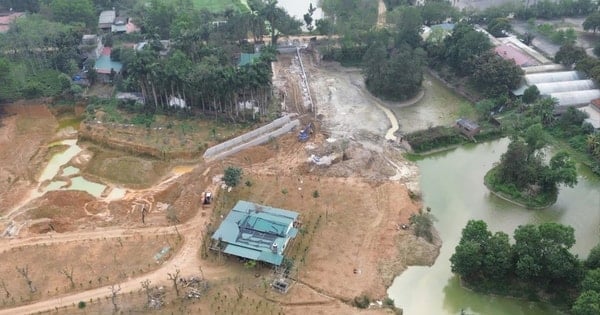

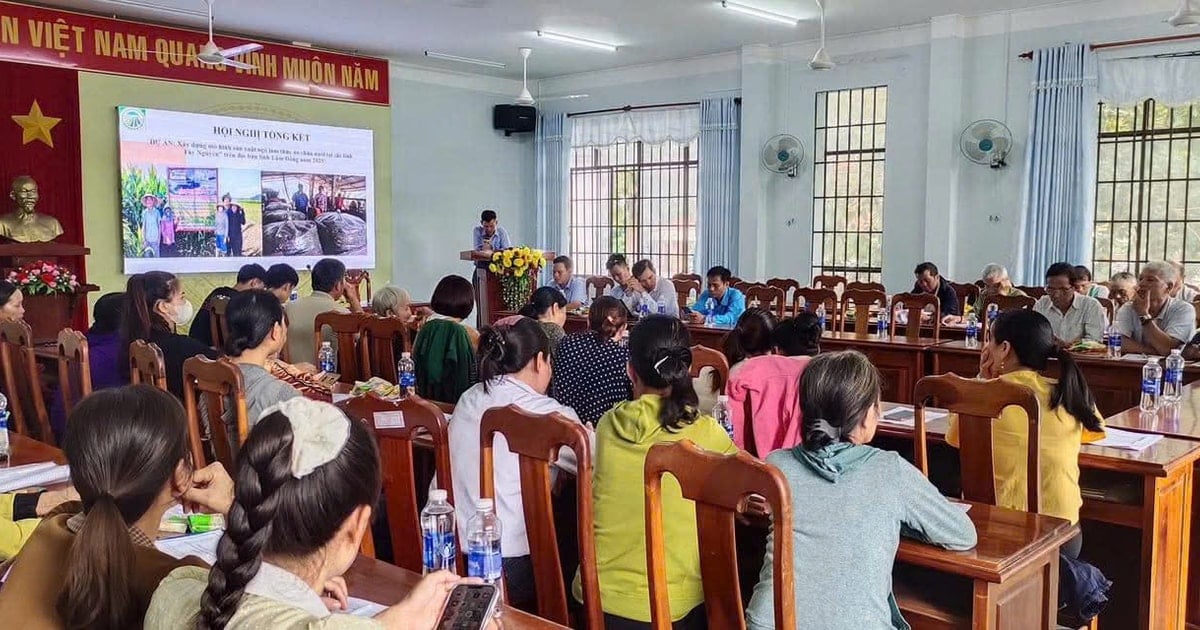
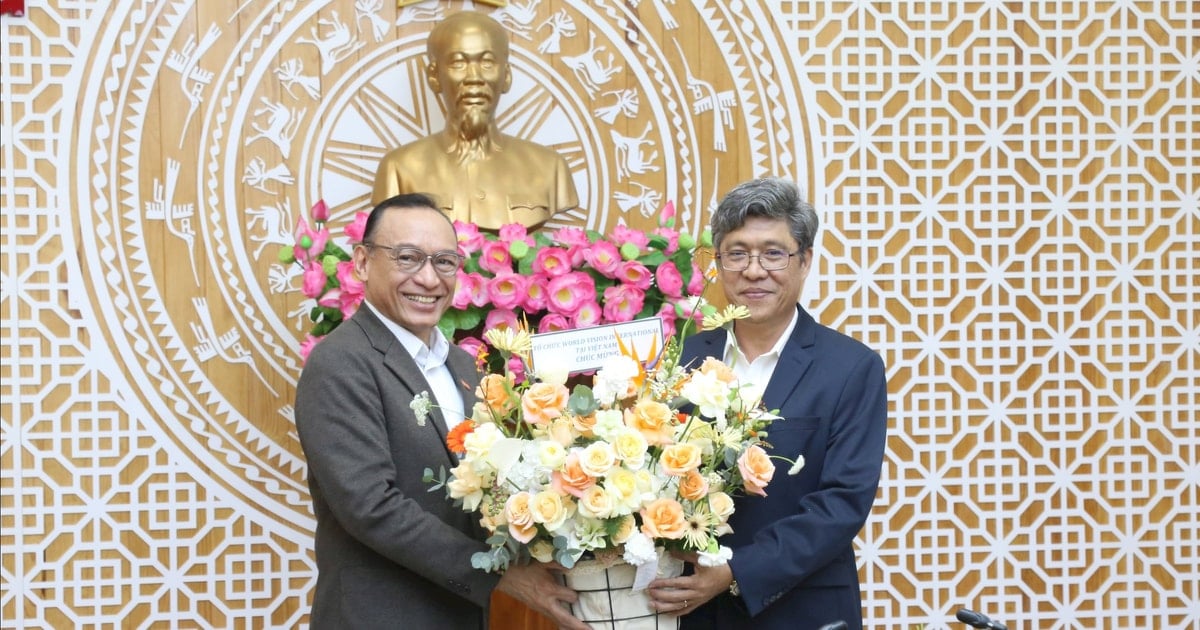


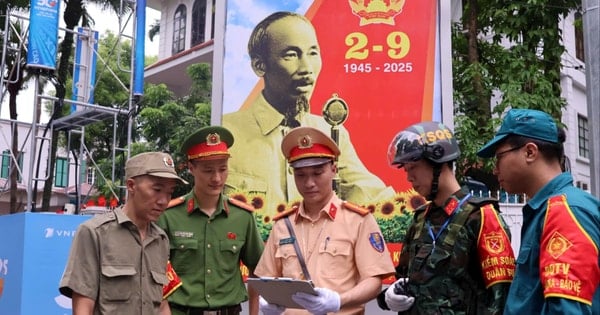


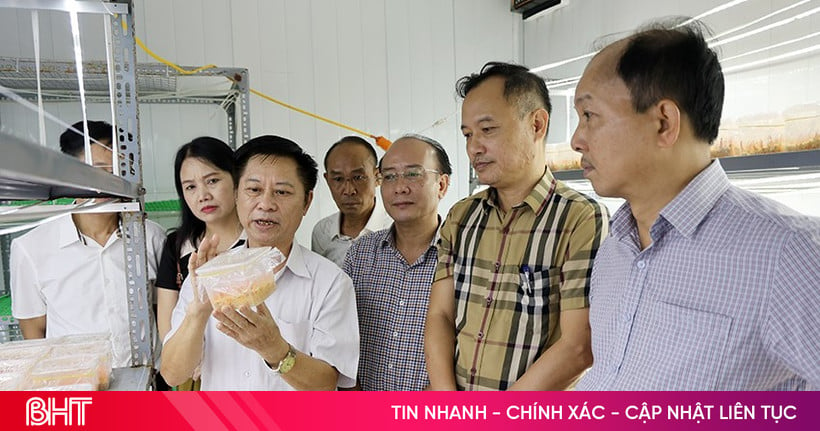

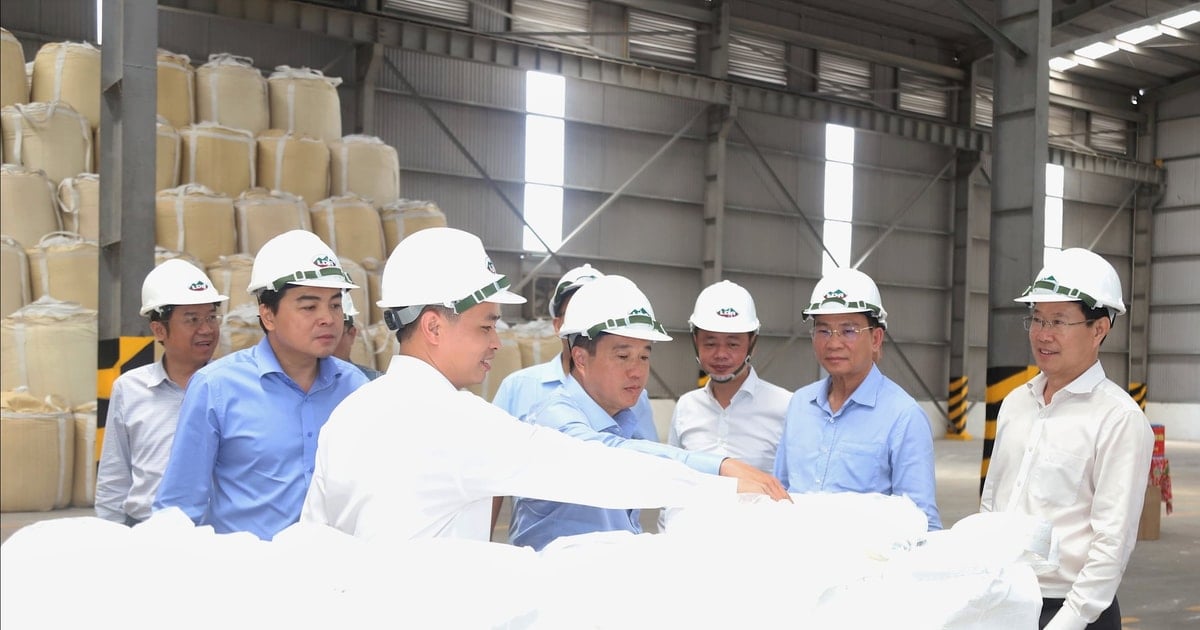
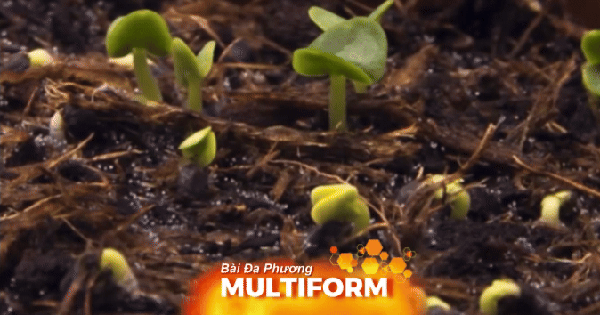

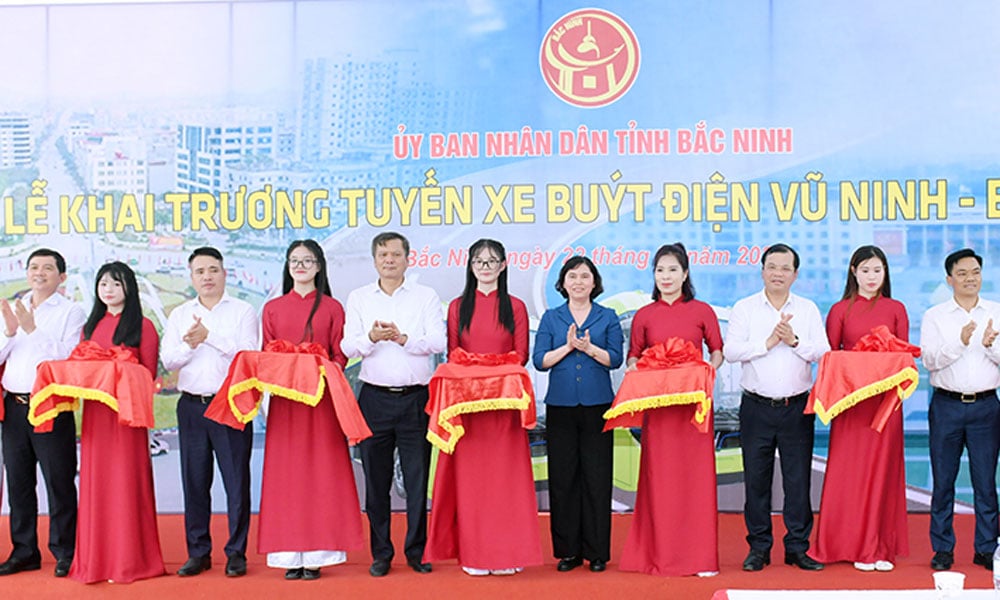

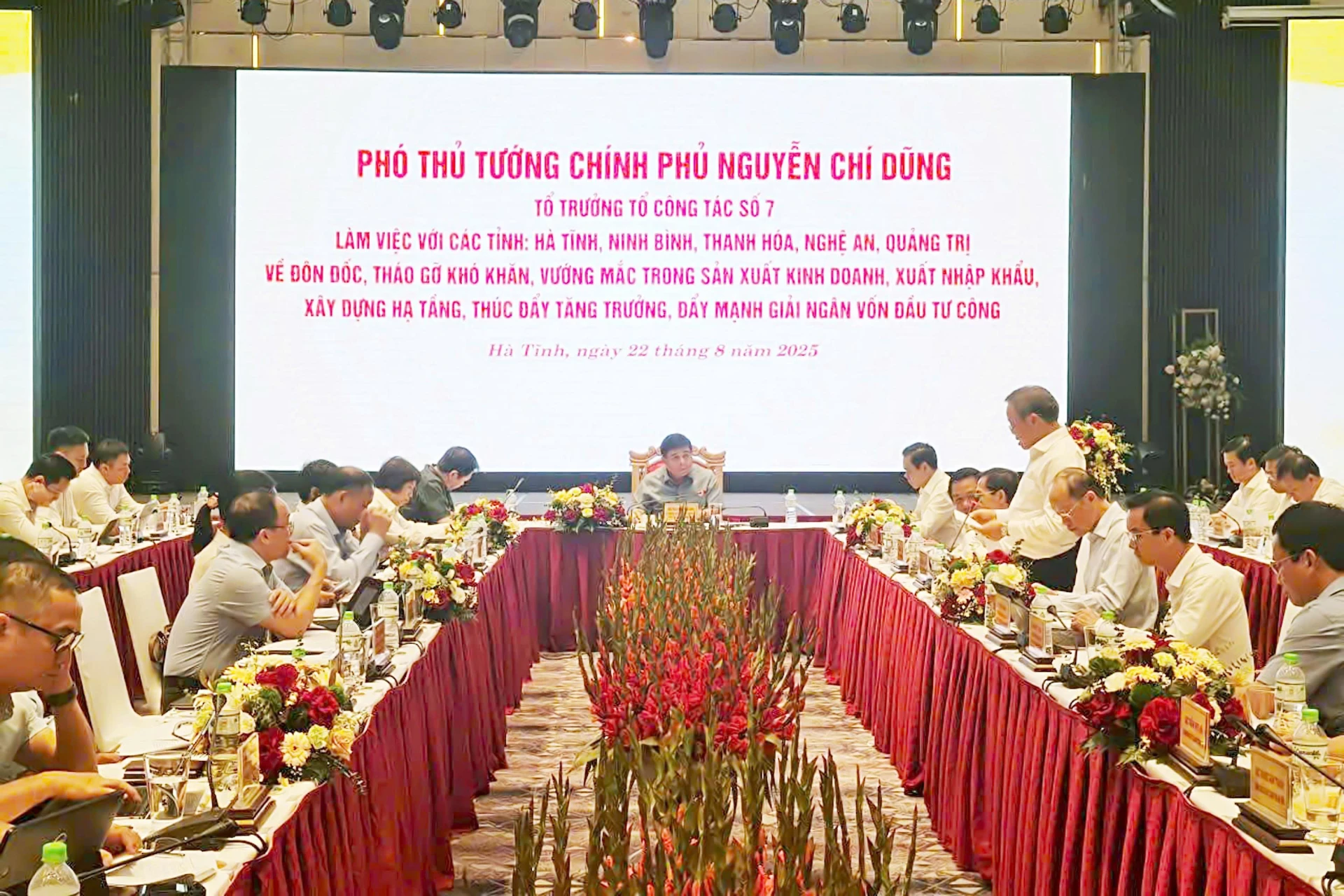








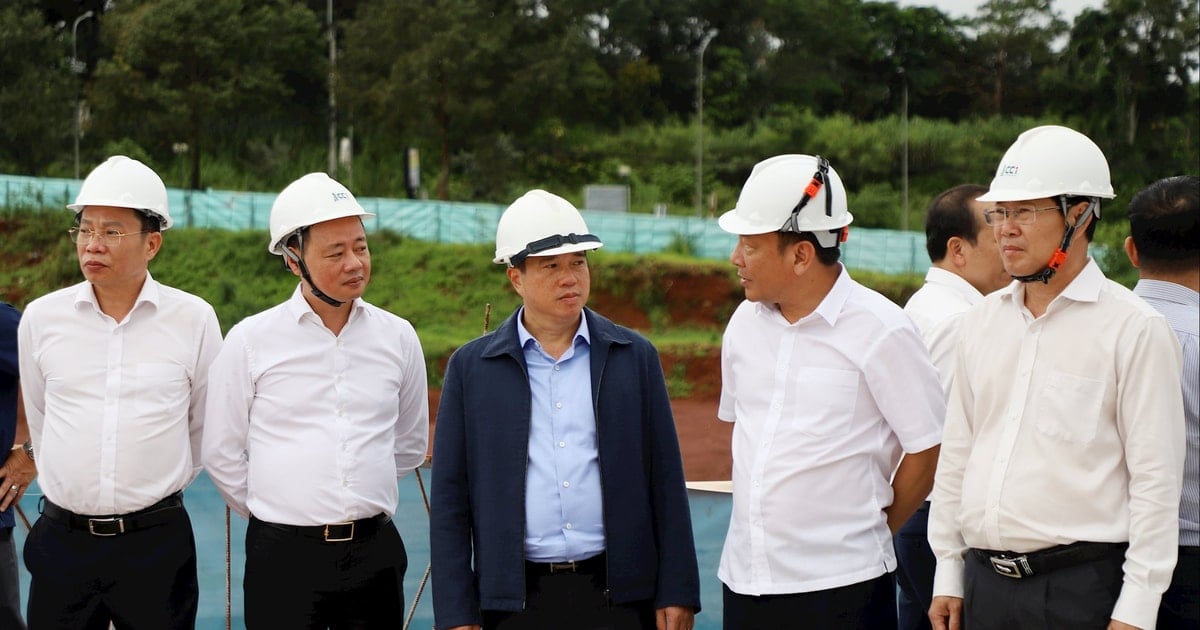

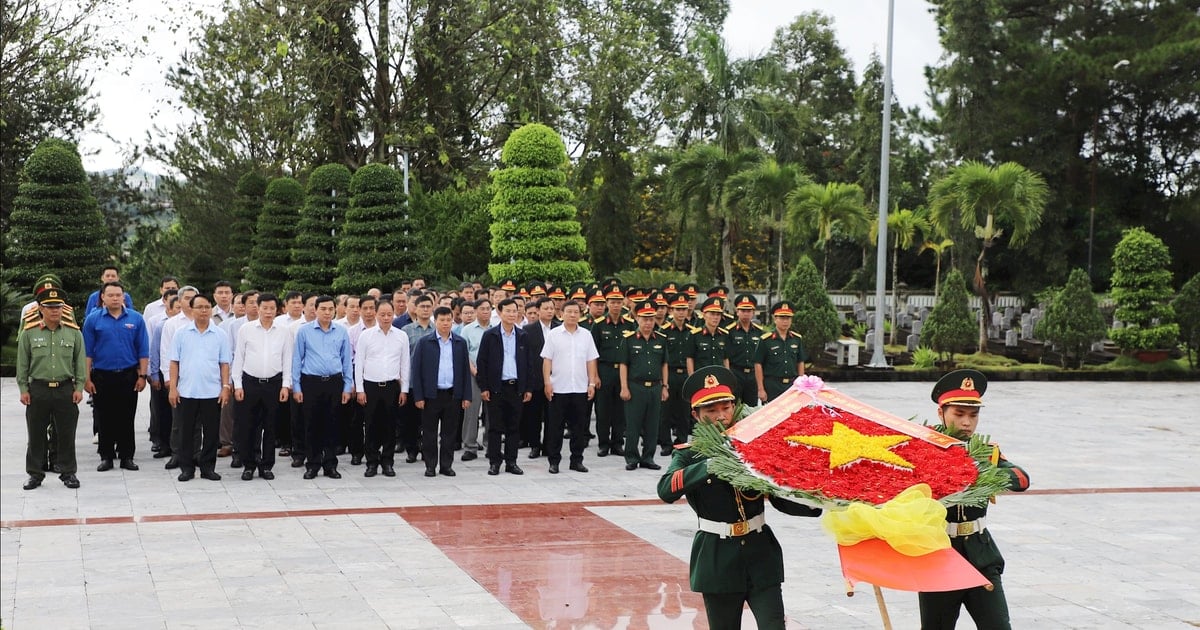
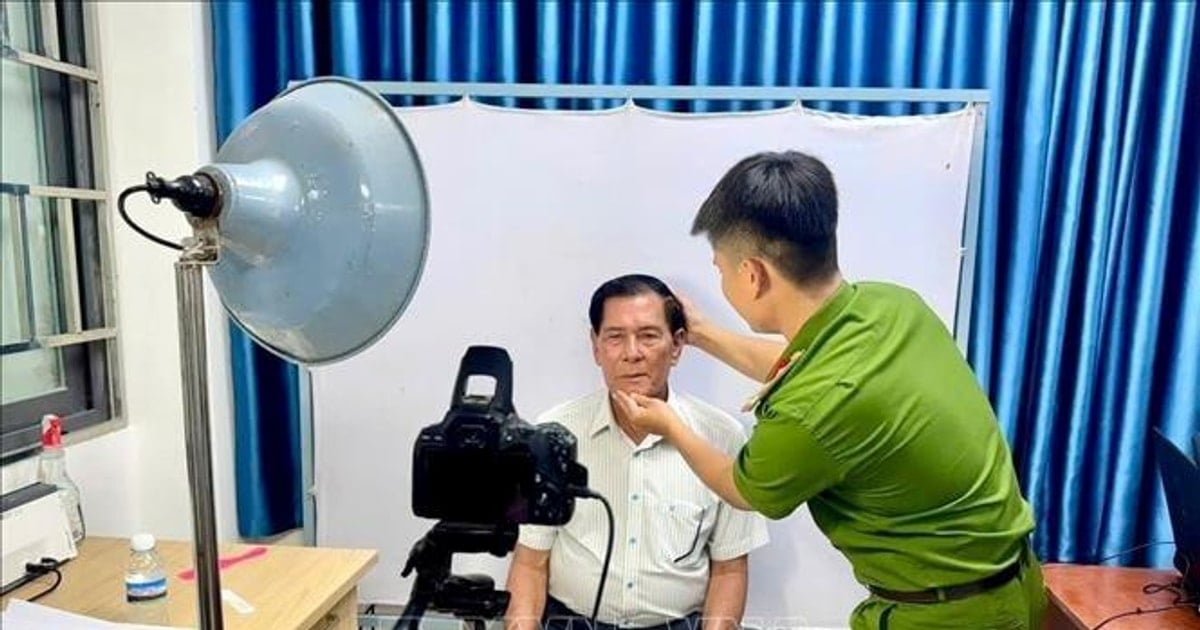













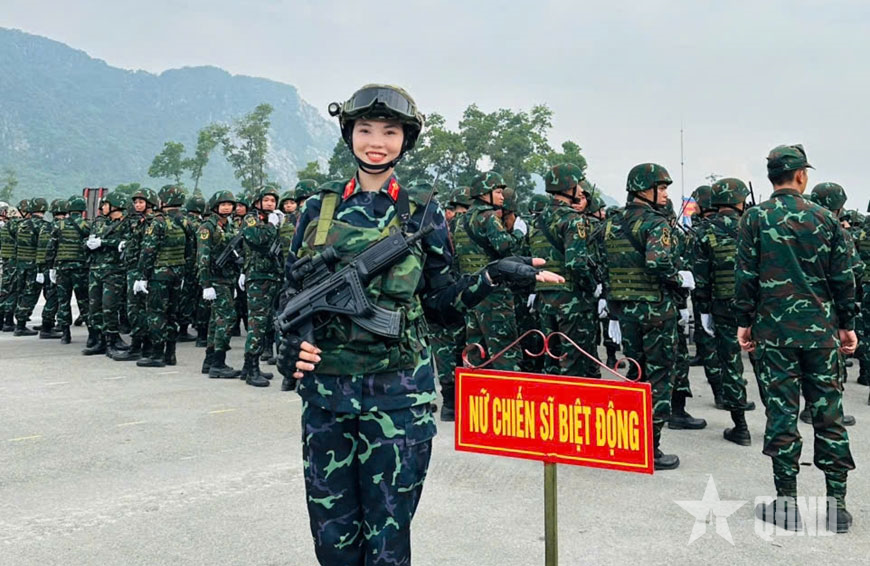





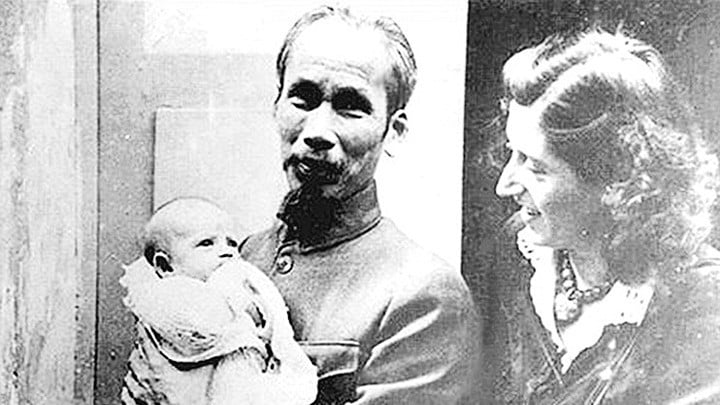







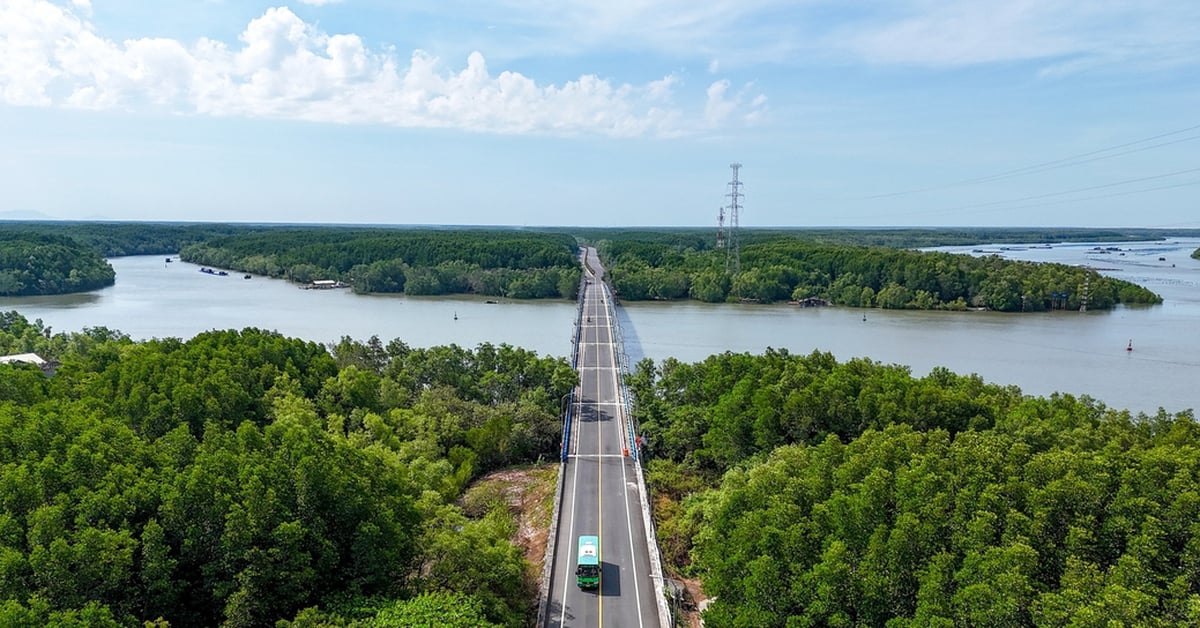


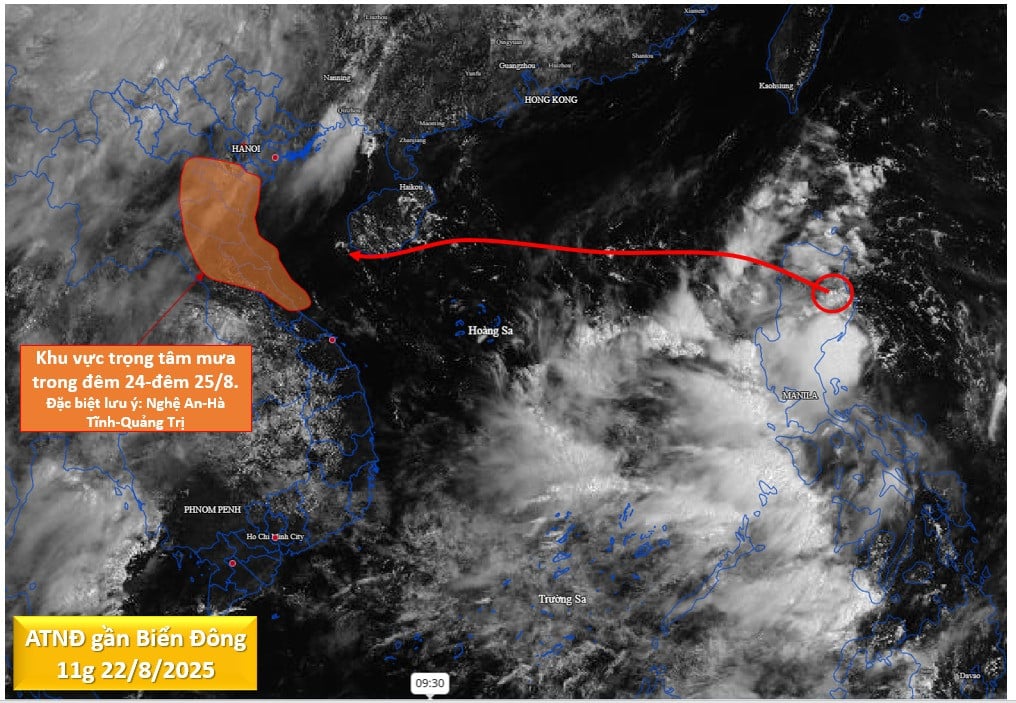
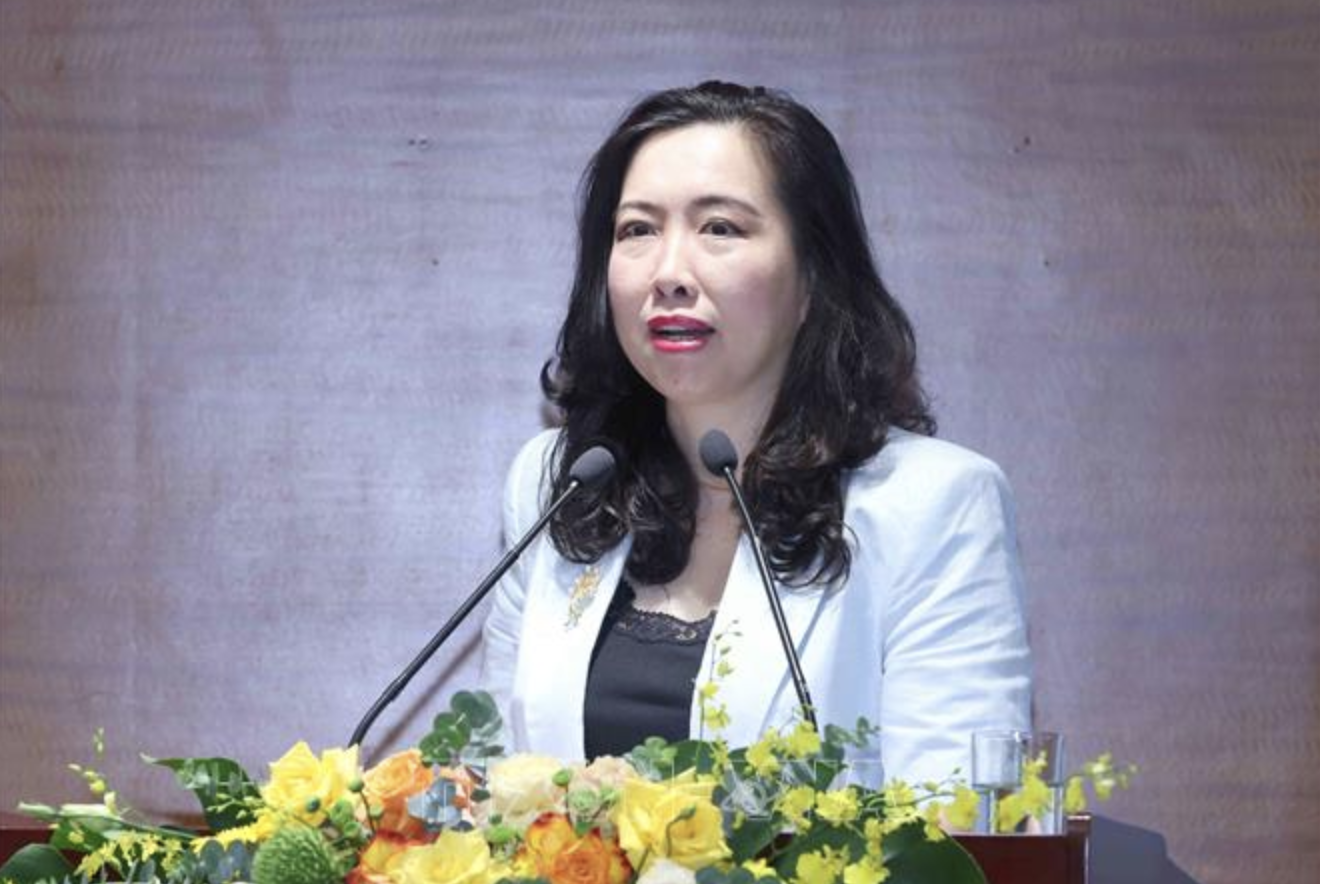



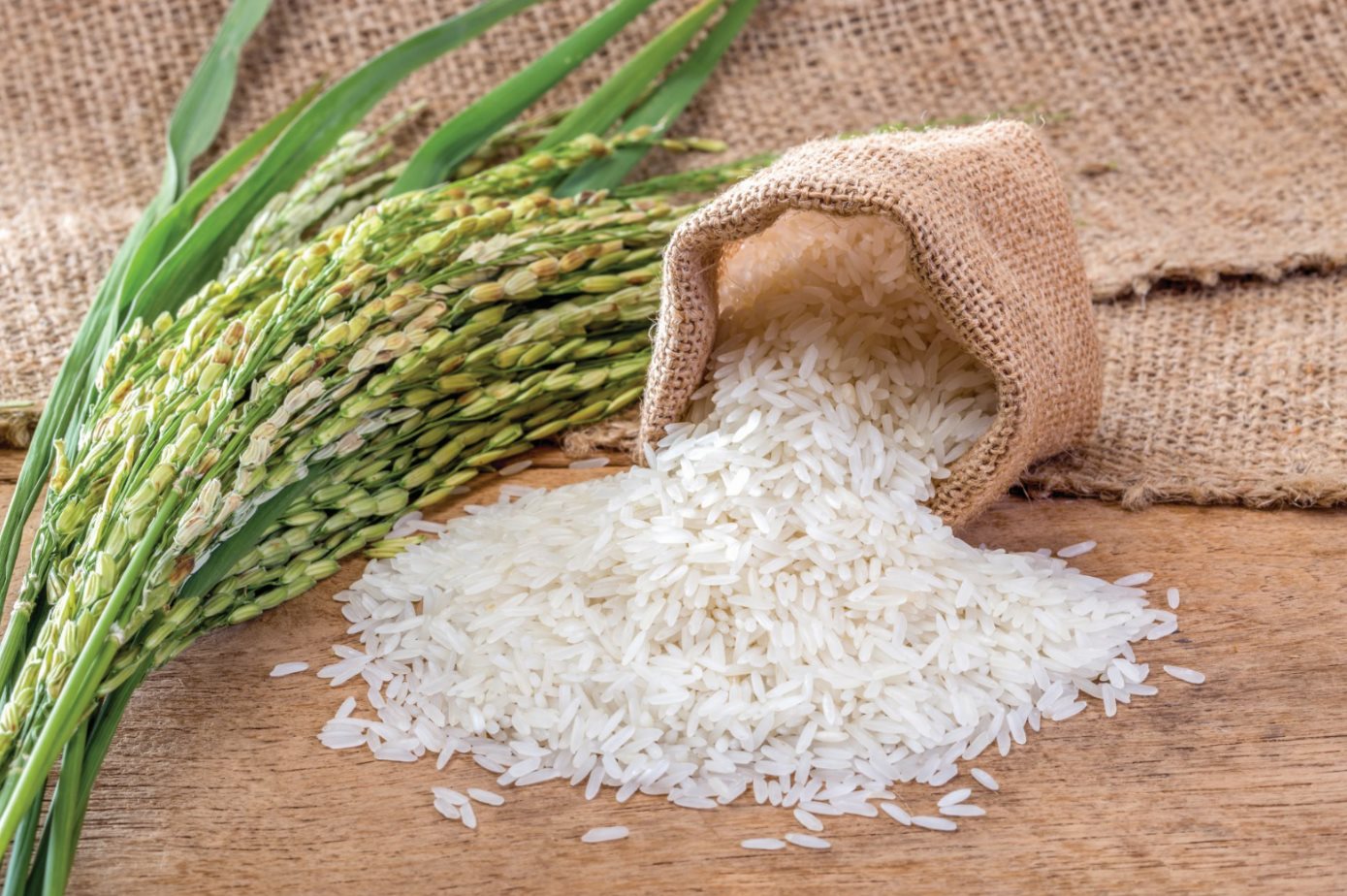


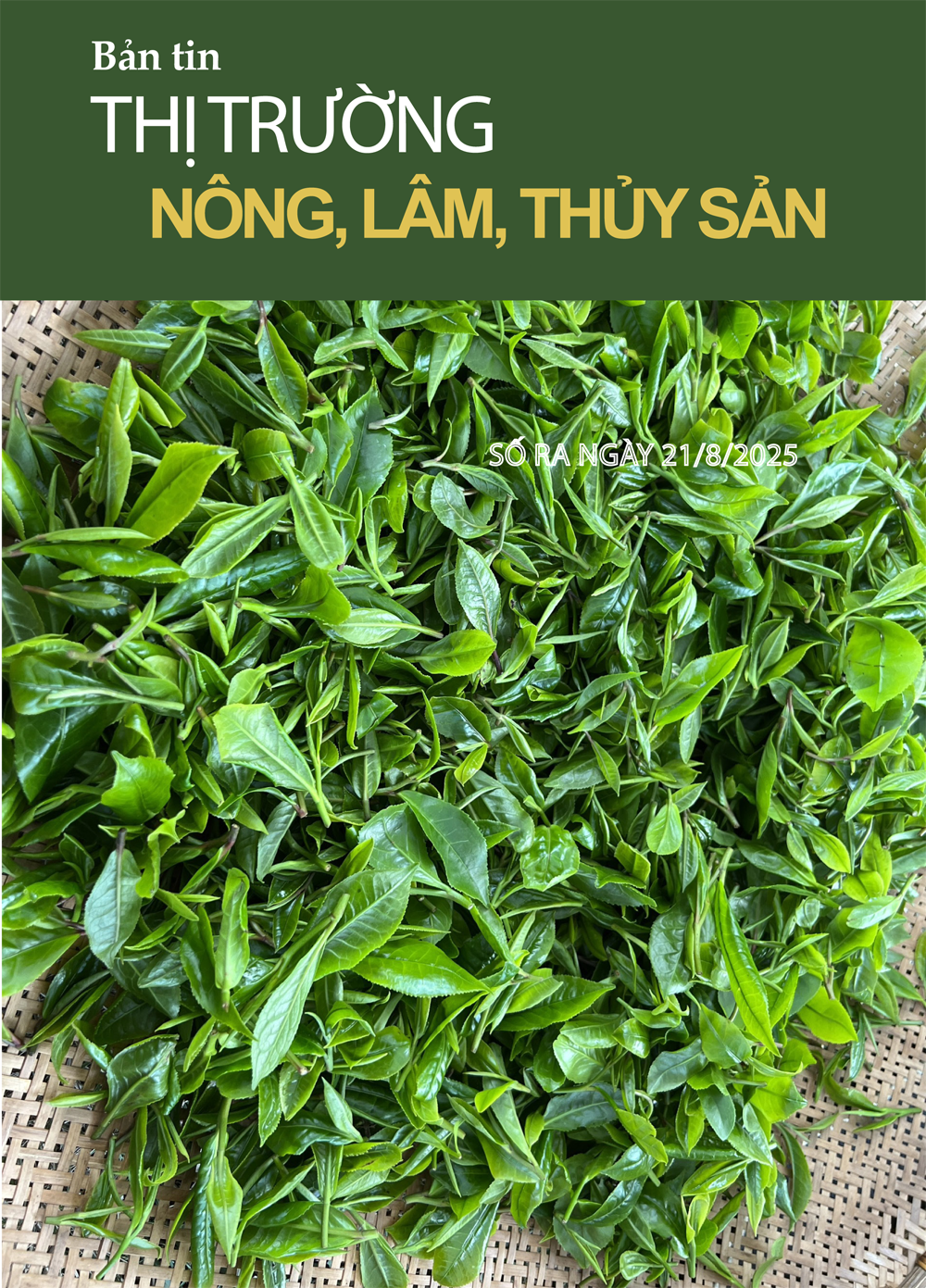




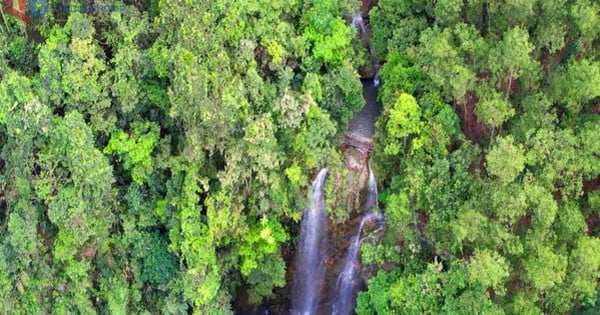



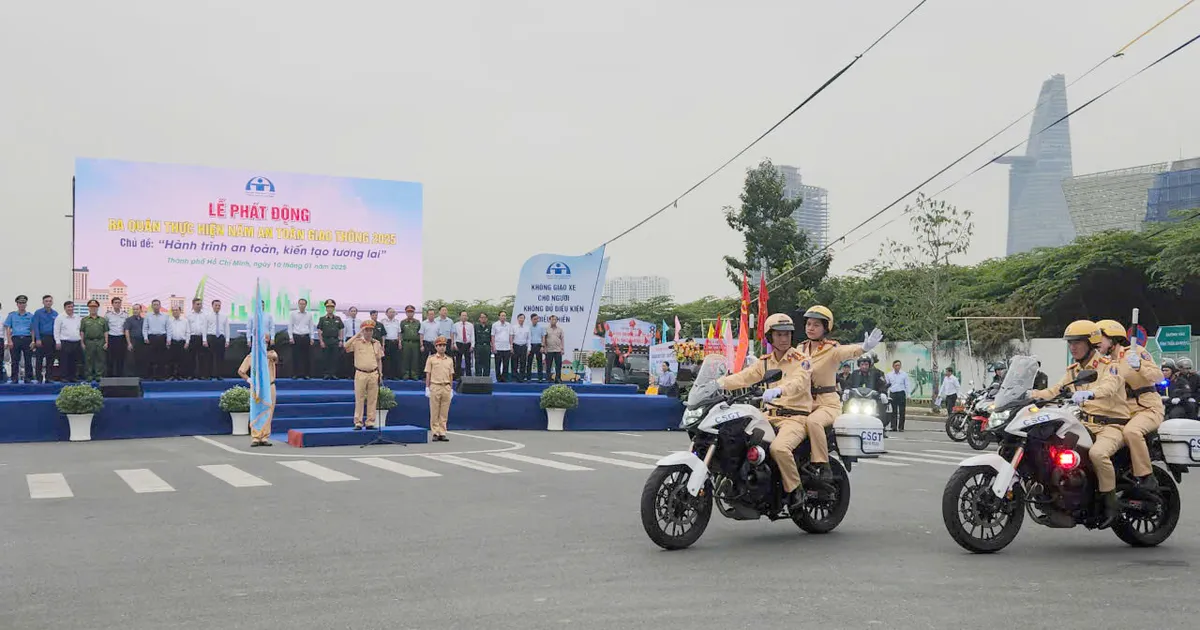


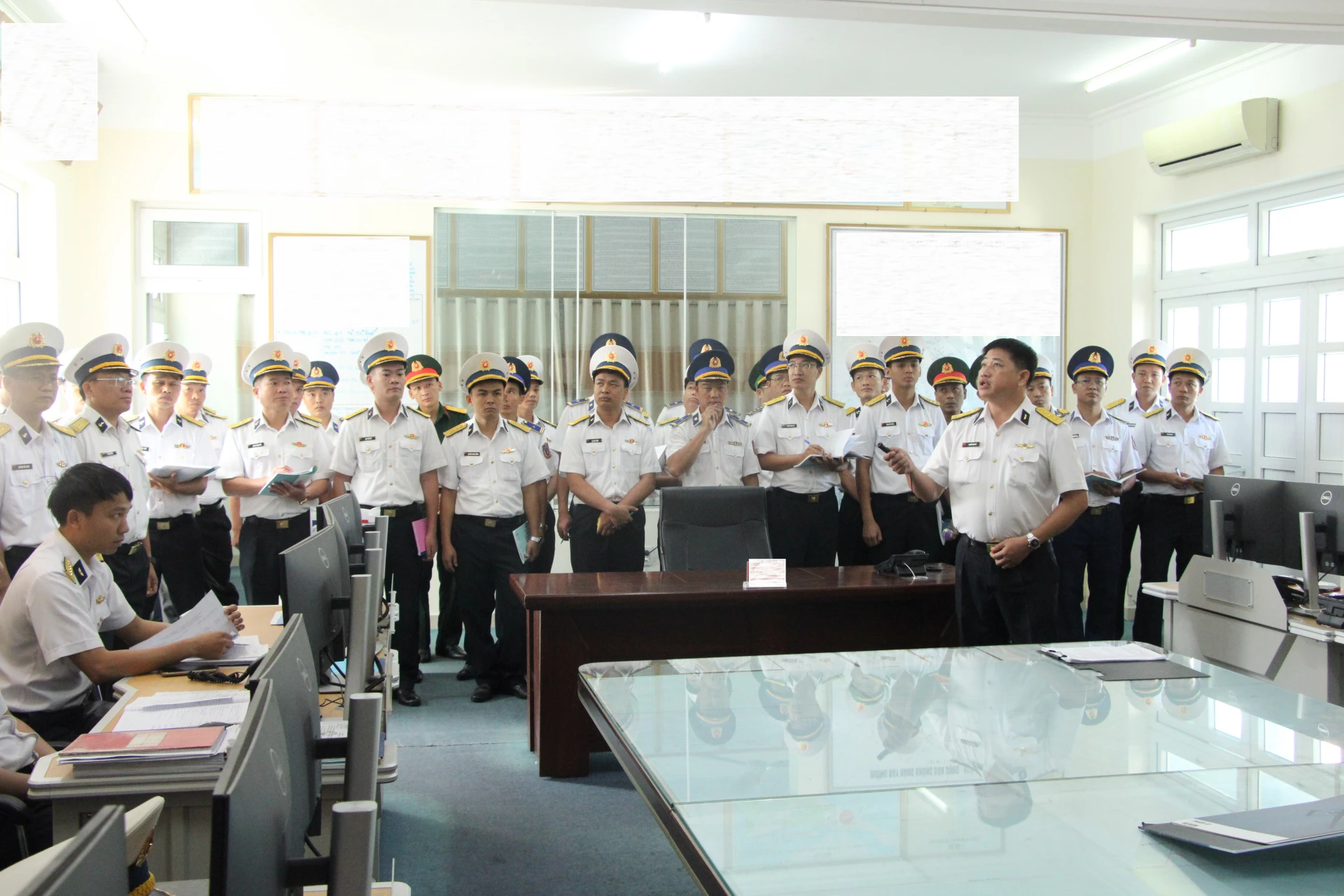


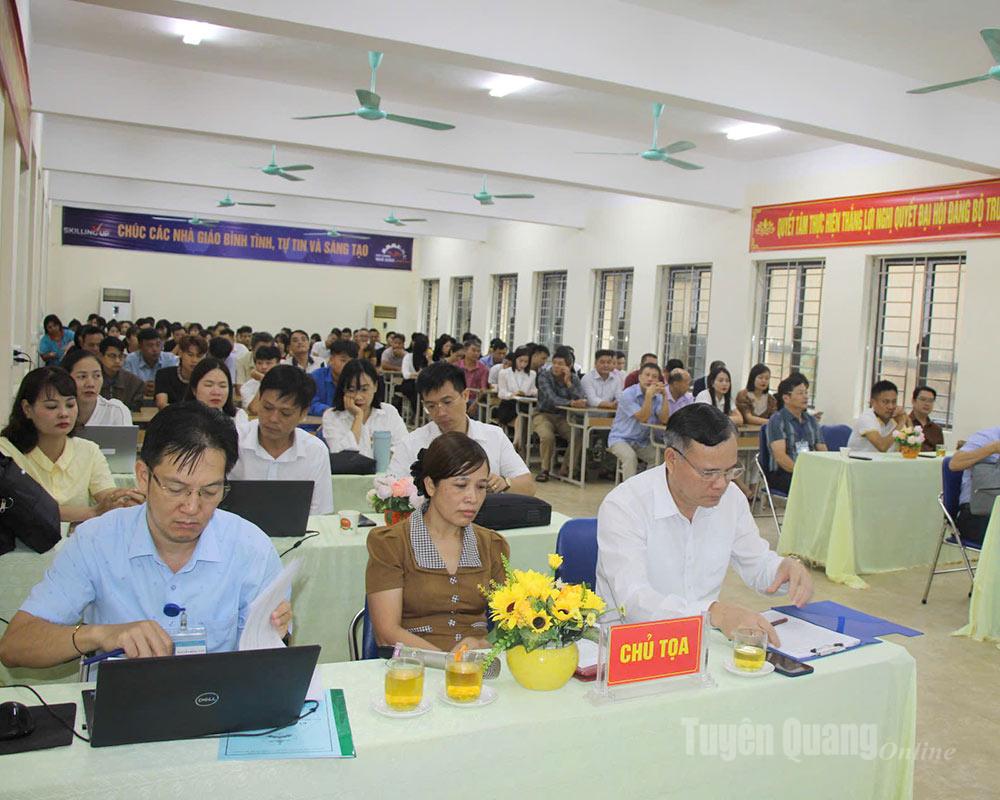













Comment (0)